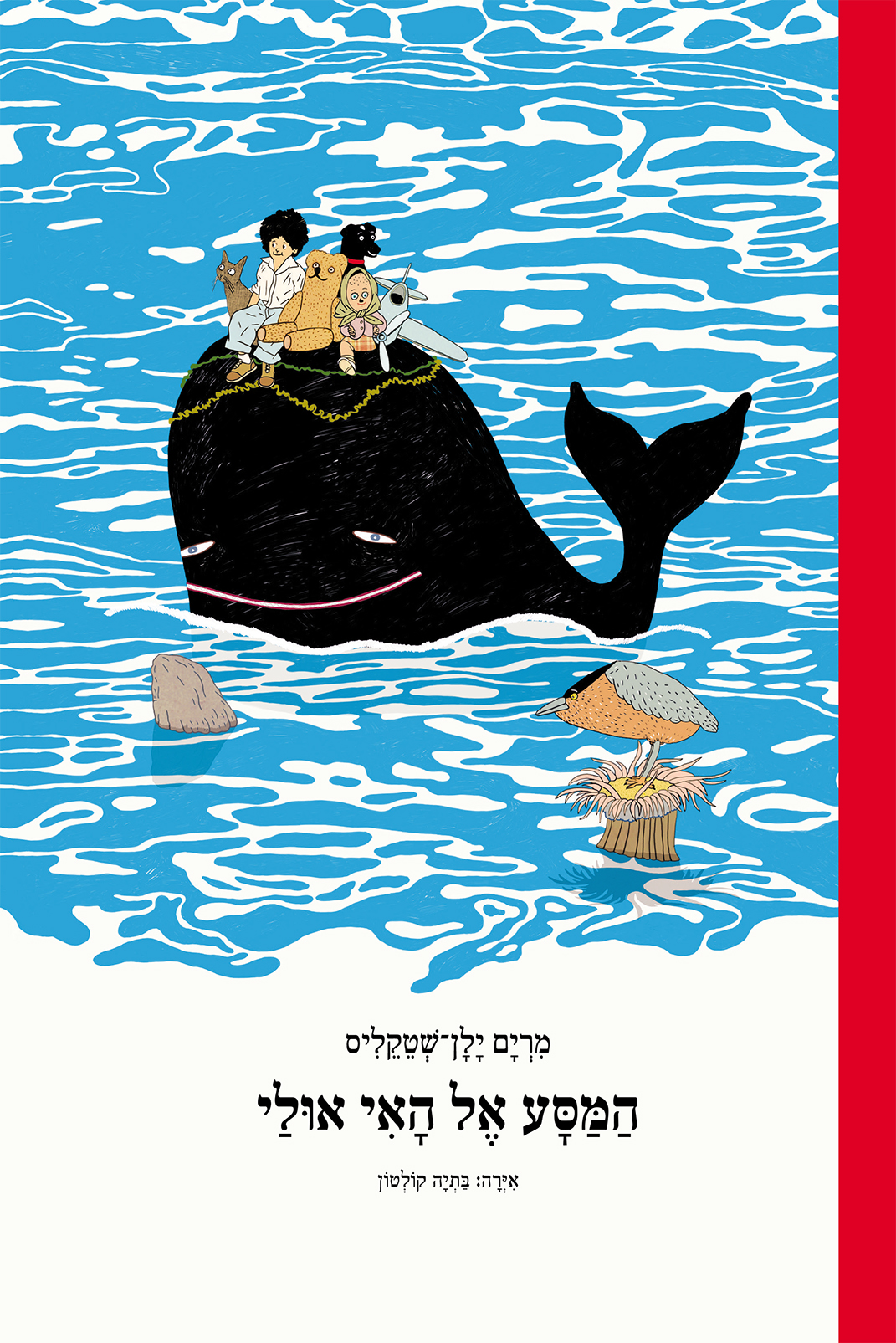Dear Parents,
Danny, Kutz, Rutz and Mutz sympathize with Elisheva the Doll and her pain, and together they set out on an adventurous journey to Dolly Land in order to help her heal. This imaginative tale invites readers to enter into a magical world, which raises some big questions: can all injuries be healed? Do people have hearts? What would a world in which people learned to speak "every language on earth" have looked like?
"If you believe breaking is possible, believe fixing is possible"
(Rabbi Nachman of Breslau, Likutey Moharan Tanina 112)
Errors, misunderstandings, and arguments between friends are part of everyday life for us all. Sometimes it seems that breaking and ruining is far easier than fixing – a much more complicated task. The principle of Tikkun is fundamental in Judaism. The above quote by Rabbi Nachman of Breslau underscores that we should be just as certain of the possibility of fixing, building, planting, and growing anew, as we are of the possibility of breaking. The key to repair is our faith in our ability to make a difference.
How do we read a long story?
From a very young age, children listen to stories told to them: we sit close to one another, look at the illustrations, and they listen to your pleasant voice. And when the story's over? No problem, we can turn back to the first page and start again. As children grow older, books get longer, and can no longer be read from beginning to end in one sitting. To preserve the fun of shared reading, you may want to consult with your child, and discover the best way for them. Here are some suggestions on how to read long stories together (you can also combine them):
- This book is divided into nine chapters, each with its own title. You could perhaps read just one or two at a time. When getting back to the book, look for the titles of previous chapters to remind you where you left off.
- You may want to share reading the story out loud: read some to your child, and then ask them to read to you.
- Your child may surprise you, and, finding it hard to wait, keep on reading on their own! This may be a good opportunity to ask them to tell you in their own words how the plot continued.
This is the last PJ Library book you will be receiving. We hope you have enjoyed the books throughout your time at kindergarten and school, and may you read a whole lot more!
Miriam Yalan Shtekelis (1900–1984)
Poet and author Miriam Yalan Shtekelis was born in the Ukraine in 1900. Her father, Dr. Yehuda Leib Wilensky, was a Zionist leader (her last name, Yalan, consists of his initials). Miriam was given a Jewish Zionist education, and immigrated to Israel at the age of 20. She settled in Jerusalem and worked at the Jewish National and University Library (JNUL) for many years. She wrote and translated dozens of children's poems and stories, and some of her poetry was put to music. Among her well-loved songs are Flower for Nurit, The Soap Cried, Zehava the Doll, and The Rabbit has made a Home. Miriam Yalan Shtekelis was greatly appreciated in life for her writing for children, and was an Israel Prize laureate for children's literature.





